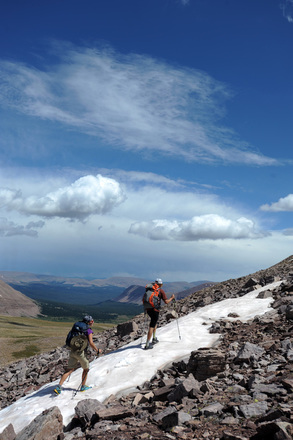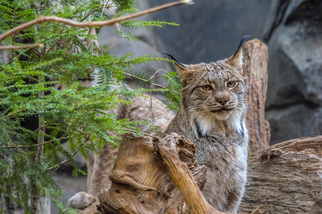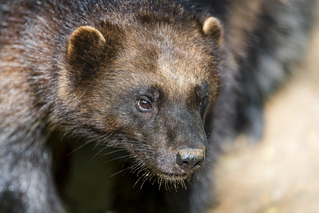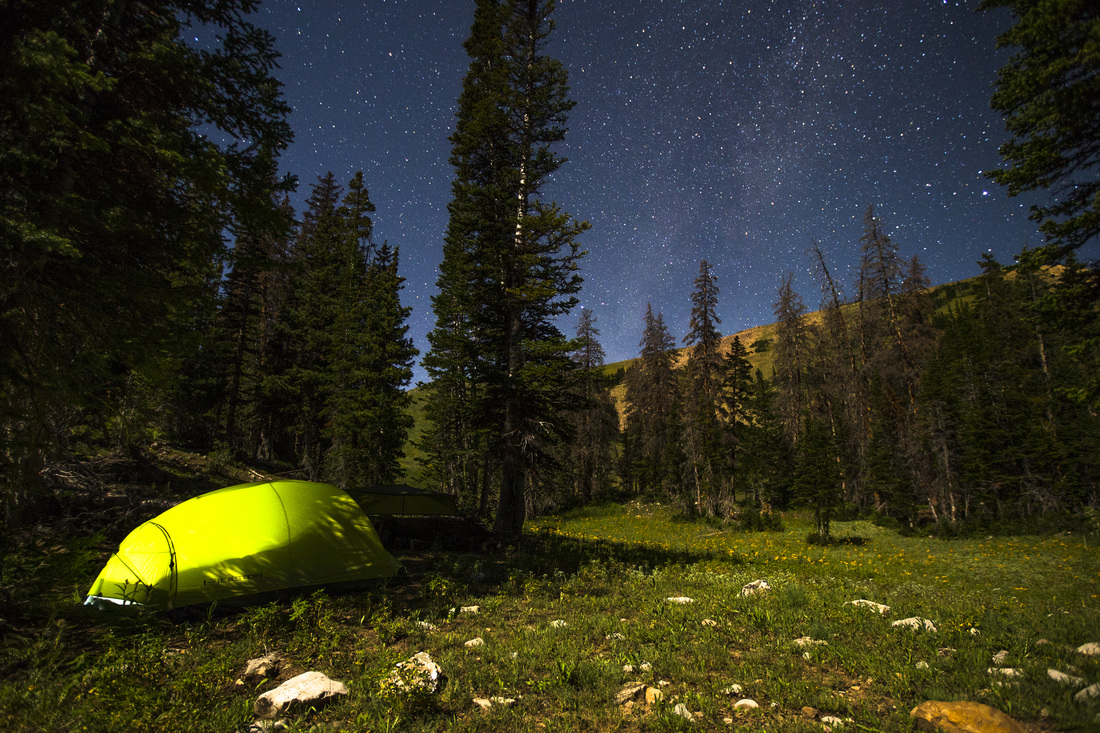 Hiking in the High Uintas Wilderness. (Photo by Lee Cohen)
Hiking in the High Uintas Wilderness. (Photo by Lee Cohen)
ASC Staff
No one is sure if wolverines or Canada lynx live in the Uinta Mountains. In summer 2015, Adventurers and Scientists for Conservation aims to find out.
This rugged, wild range northeast of Salt Lake City runs nearly 60 miles east to west. Although unglaciated, this is the highest alpine area in the Intermountain West, with more than 1,000 lakes. Wildlife including bighorn sheep, black bear and mountain lion live in the High Uintas Wilderness, and Utah’s highest point, 13,528-foot King’s Peak, is the range’s crown jewel.
Historically, the range was home to limited numbers of both wolverines and lynx, but fur trapping and predator poisoning programs in the 18th and 19th centuries devastated them in the lower 48.
There have been only 10 lynx sightings reported here in the past 100 years, and although Forest Service biologists caught a wolverine on a camera trap last year, they’re unsure if it was a resident animal or just passing through. Prior to that, the last confirmed wolverine sighting was a dead animal found in 1979.
The ASC Uinta Carnivore Survey will recruit, manage and train a skilled, dedicated corps of outdoorspeople to maintain 30 baited, motion-activated cameras on the range’s north slope. The project is a partnership with the Uinta-Cache-Wasatch National Forest.
With wolverine populations now rebounding in the Northern Rockies and numerous lynx sightings in Wyoming, Uinta National Forest biologists are already using five cameras in an effort to search for wolverines on the range’s north slope.
After two weekends of backcountry training in May and June, ASC volunteer survey crews will check their assigned camera stations once a month in July, August and September, navigating off-trail using GPS units and recording data with smartphones and tablets. Accessing the sites will require hiking 10-18 miles in a weekend.
The ASC Uinta Carnivore Survey will give competent hikers and backpackers an opportunity put their outdoor skills to work for wildlife conservation, and will provide land managers with otherwise unobtainable information about these rare species.



